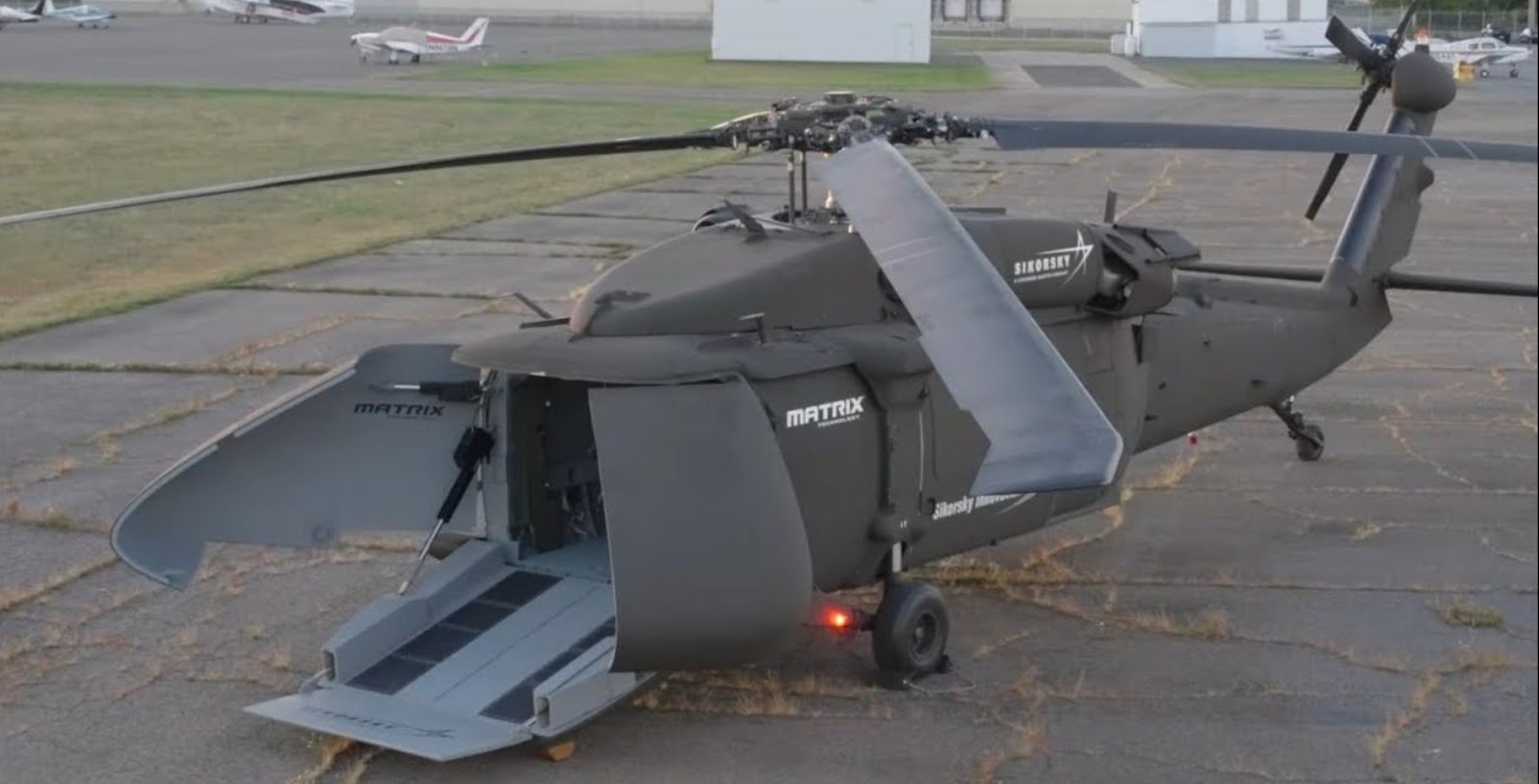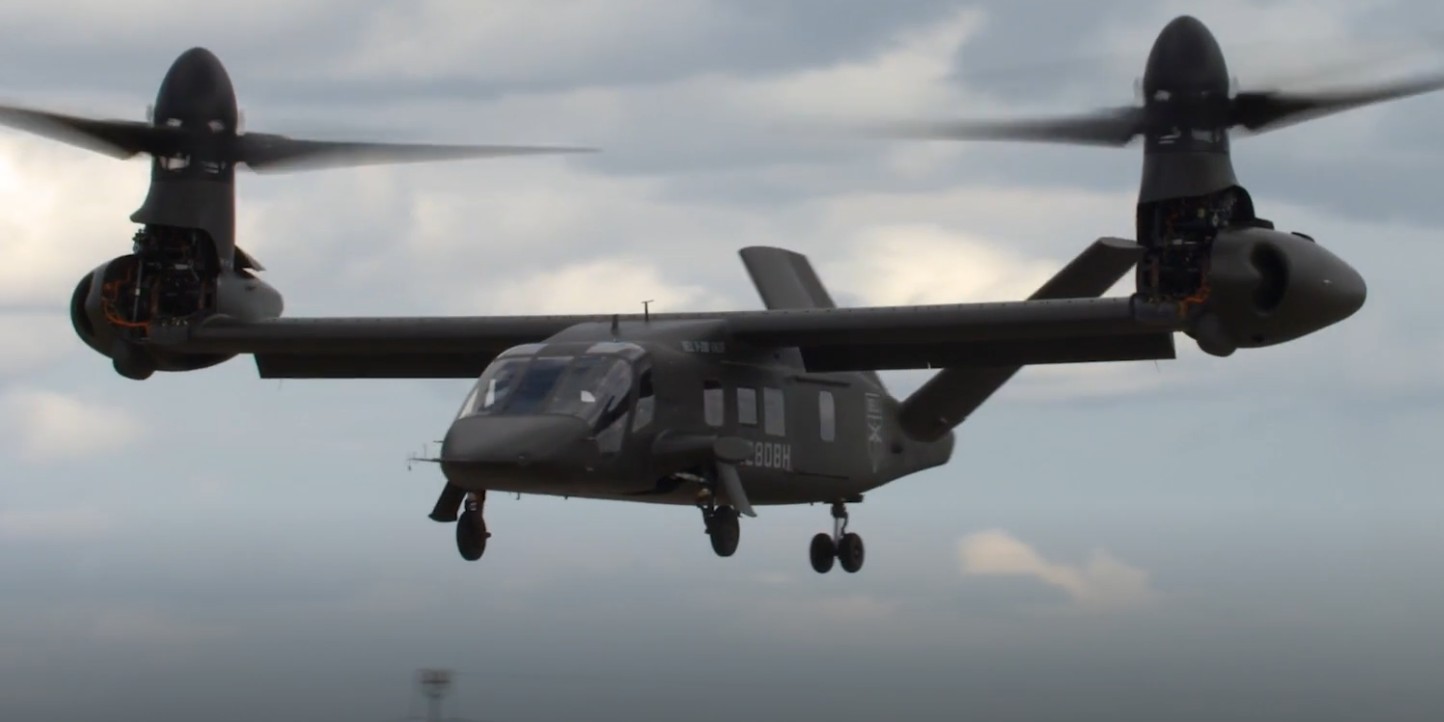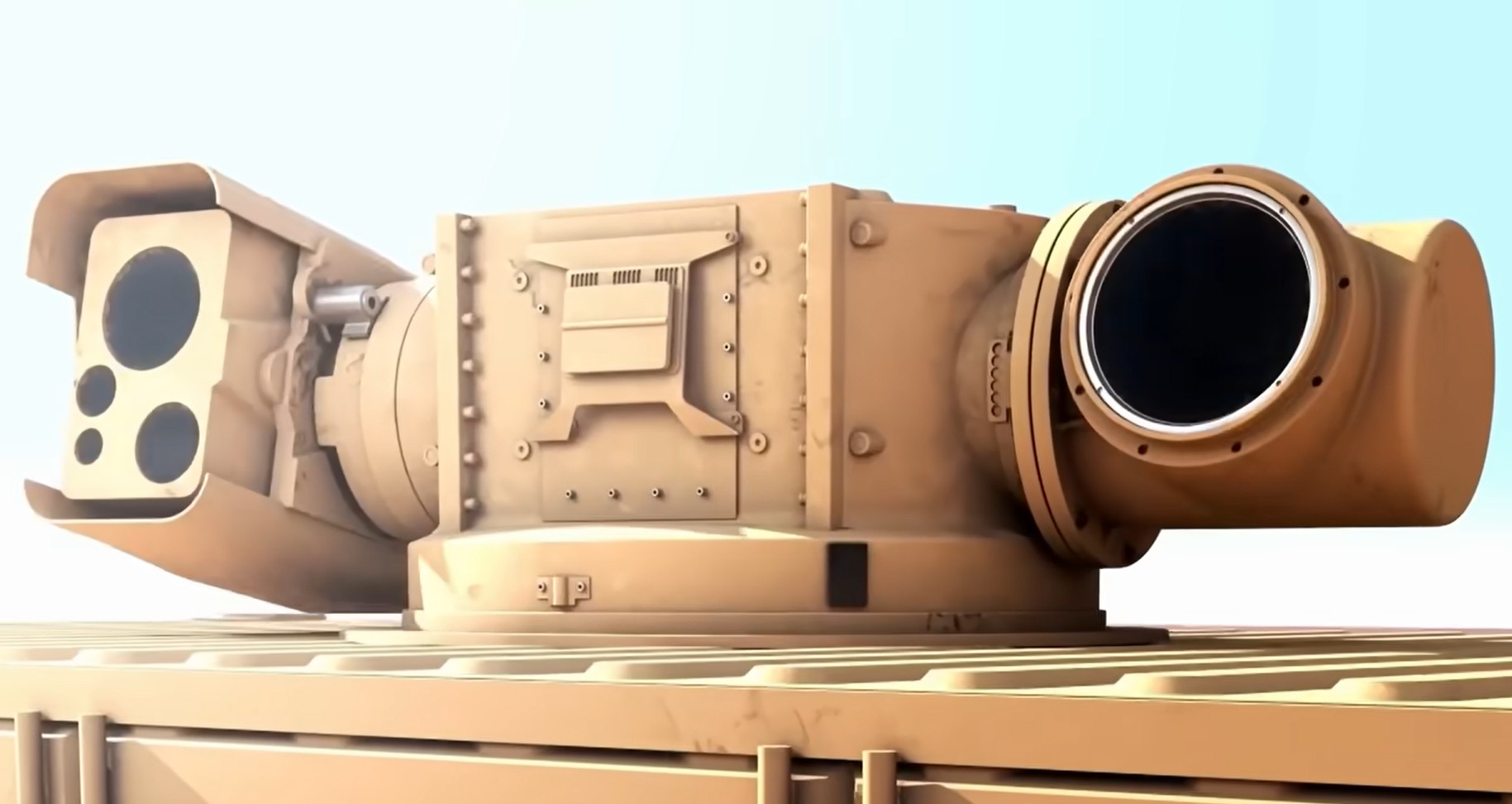Understanding the FVL-MS: A New Era of Naval Aviation
The Future Vertical Lift Maritime Strike (FVL-MS) programme is a pivotal aspect of the United States Navy’s evolving aviation strategy. As global threats persist and transform, the need for advanced and adaptable aircraft that can operate effectively from diverse maritime platforms becomes increasingly critical. The FVL-MS represents the Navy’s effort to replace aging rotorcraft systems with next-generation, high-performance aircraft that enhance operational capability and tactical flexibility.
Historical Context and Strategic Importance
For decades, the U.S. Navy has relied on helicopters such as the SH-60 Seahawk for anti-submarine warfare, search and rescue, and logistical support. However, these aircraft, despite being robust and reliable, are gradually becoming obsolete due to advancing technology and evolving mission profiles. The FVL-MS programme seeks to address these challenges head-on by developing a new family of aircraft designed for superior performance in speed, range, and versatility.
Incorporating advanced materials, avionics, and weaponry, the FVL-MS is poised to become a cornerstone of the Navy’s fleet, ensuring the service remains at the forefront of maritime defense well into the 21st century.
Technical Specifications and Capabilities
While specific details of the FVL-MS platforms are still under development and subject to change, the U.S. Navy has outlined several key performance goals:
- Speed and Agility: Next-generation rotorcraft must significantly exceed the speed and maneuverability of current models, enabling rapid response to emerging threats.
- Enhanced Range: Increased range allows for longer missions and greater operational reach, crucial for operations in the vast expanse of the world’s oceans.
- Stealth and Survivability: Advanced designs will incorporate stealth technology to reduce detectability while enhancing survivability in contested environments.
- Modular Payloads: Flexibility to adapt to various missions, including logistical support, combat, and reconnaissance, with easily reconfigurable payloads.
| Specification | Details |
|---|---|
| Cruise Speed | 300+ knots |
| Combat Range | 1,200 nautical miles |
| Gross Weight | 20,000 lbs |
| Payload Capacity | 5,000 lbs |
| Crew | 2-4 personnel |
Innovation and Development Challenges
Developing a revolutionary aircraft system involves significant technical and engineering challenges. Key among these is the integration of cutting-edge technologies into a cohesive and reliable system. The FVL-MS project calls for innovation in propulsion systems, advanced materials, and avionics, demanding a high level of coordination across multiple industries and government bodies.
Furthermore, budgetary constraints and shifting political landscapes can influence program timelines and funding. Effective project management and strategic foresight are essential to maintaining momentum and ensuring the programme meets its objectives.
The Road Ahead: Trials and Implementation
The FVL-MS programme is currently in the phases of research, design, and early testing. Several defense contractors, including key players like Lockheed Martin and Boeing, are involved in the competitive process to deliver prototypes that meet or exceed Navy requirements. These prototypes will undergo rigorous testing to ensure they can perform under the demanding conditions typical of naval operations.
Partnerships and Collaborations
Partnerships are central to the FVL-MS initiative. Collaborations with allied nations and domestic industries are critical for sharing technological advancements, reducing costs, and expediting development timelines. These partnerships also reinforce diplomatic ties and contribute to a collective defense strategy among allies.
Impact on Future Naval Operations
The successful deployment of FVL-MS aircraft will revolutionize naval warfare capabilities, allowing for quicker engagements and more dynamic strategies. With the ability to operate seamlessly from both large carriers and smaller vessels, these aircraft will provide the U.S. Navy with unmatched flexibility and power projection capabilities.
Additionally, by replacing older fleets, the Navy will benefit from reduced maintenance costs and improved operational efficiency, further amplifying the strategic advantage offered by the FVL-MS programme.
Concluding Thoughts
The U.S. Navy’s FVL-MS programme is more than just an aircraft development project; it is a vision for future defense capabilities. As the world navigates an uncertain geopolitical landscape, the FVL-MS promises to deliver unmatched versatility and technological superiority that will define the future of naval aviation. Embracing innovation, fostering partnerships, and pursuing excellence are at the heart of this transformative initiative, positioning the U.S. Navy to meet the challenges of tomorrow head-on.









